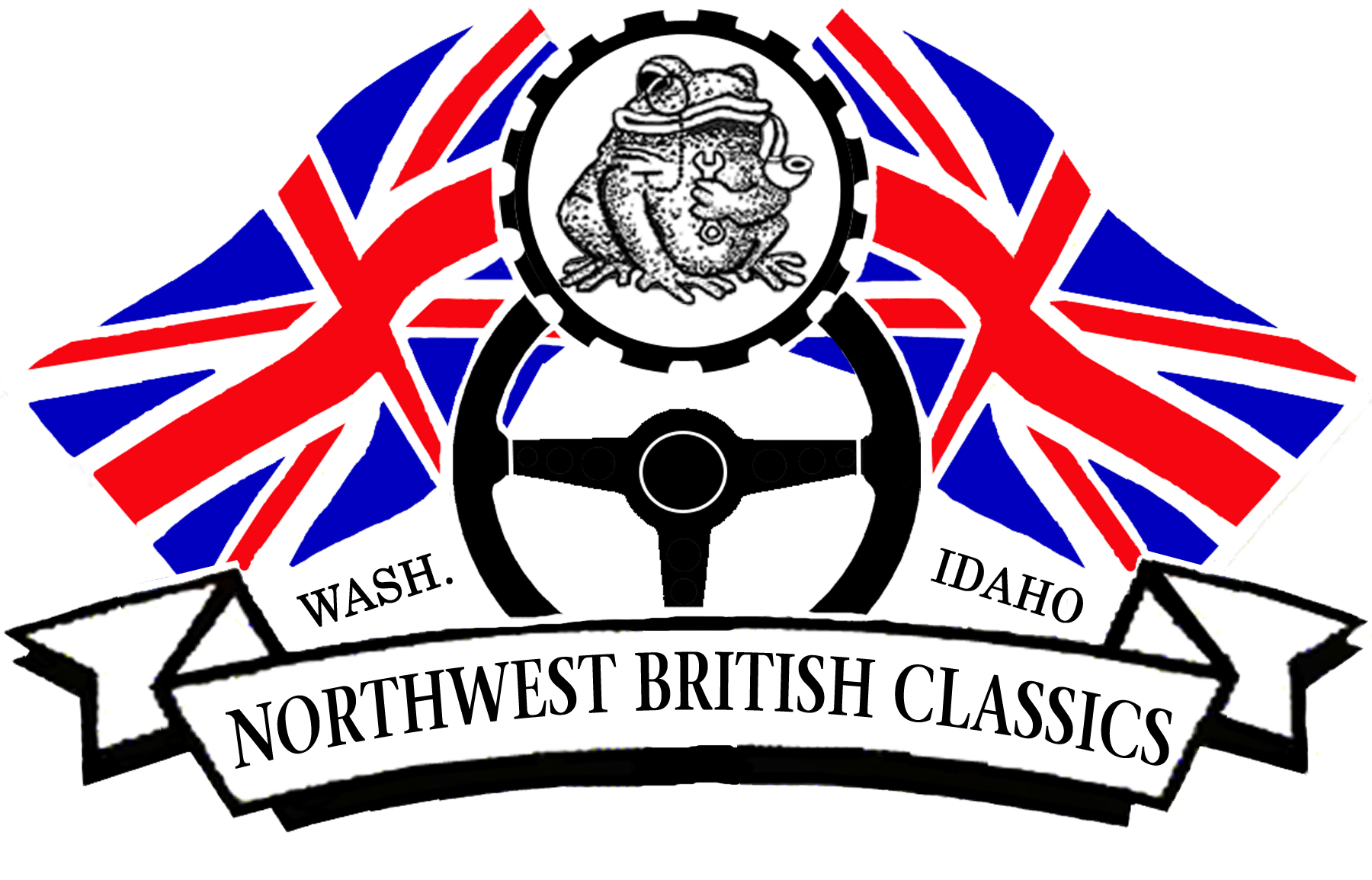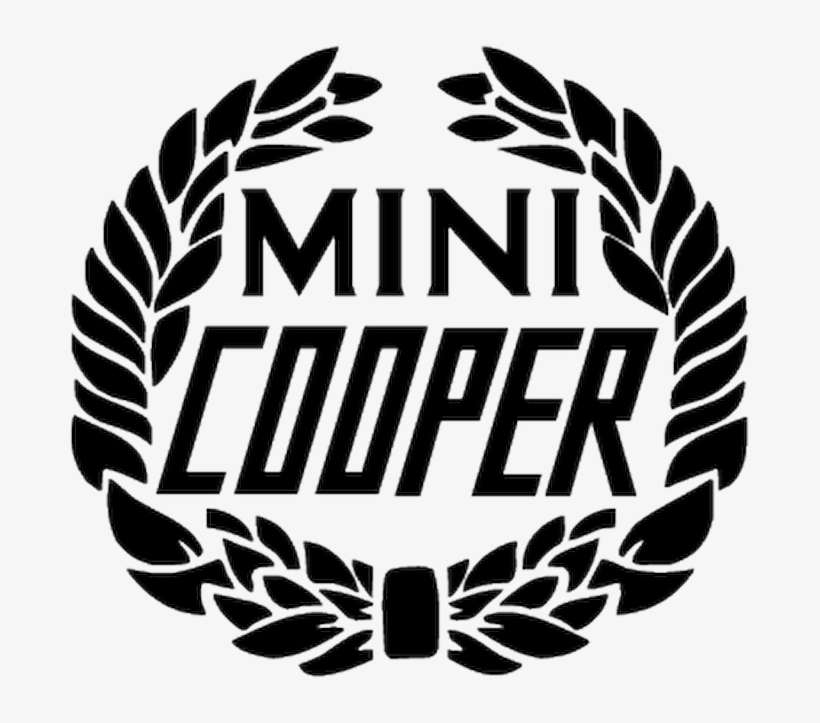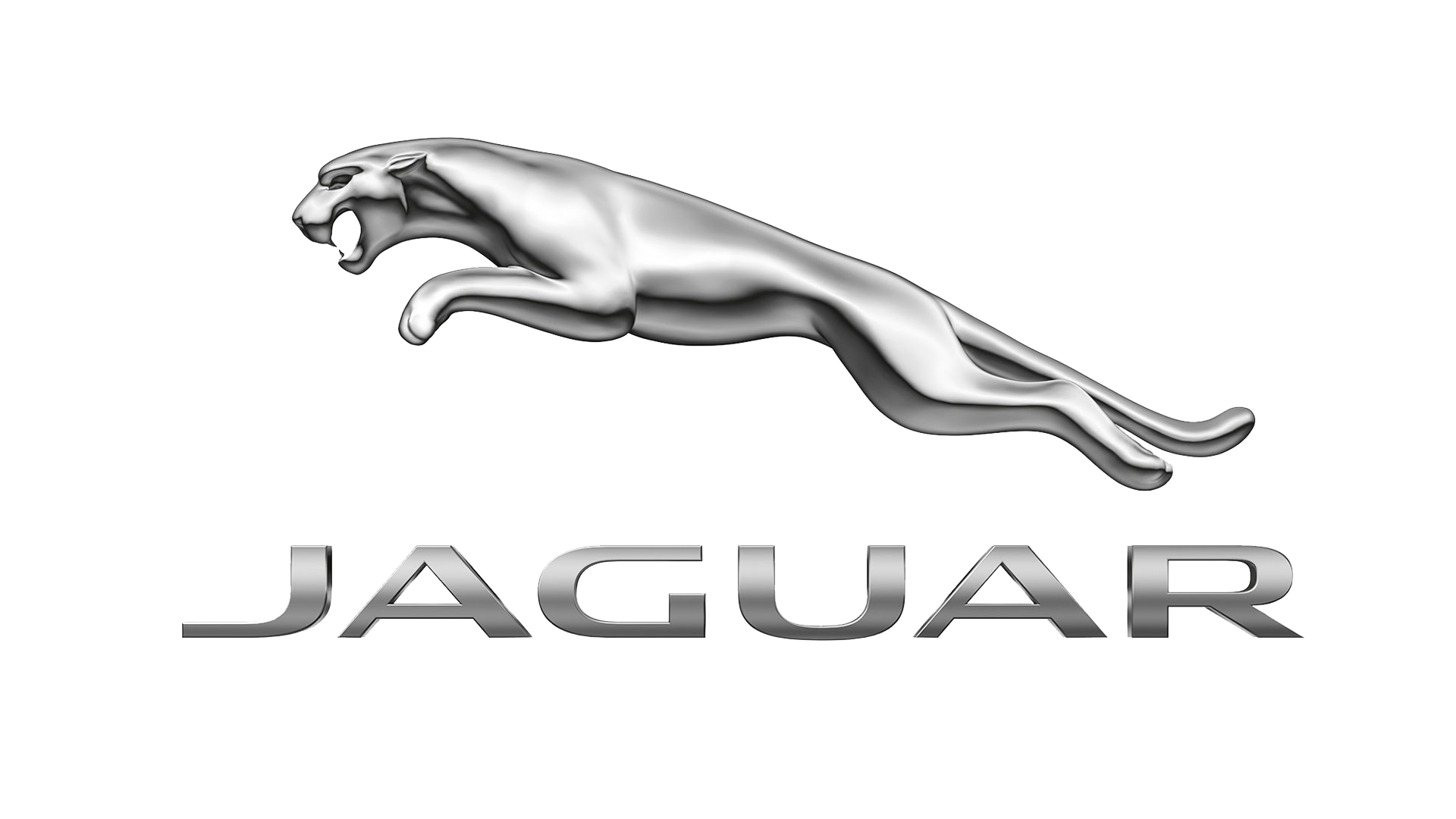





     
|
|
Differential Mounting
Bracket Diagnosis & Repair It is quit common for the TR6 to develop a "clunk" from the rear of the car when you suddenly apply power to the drive train, like when that kid in the Mustang with the girlfriend in the tight little sweater revs his engine and you just have to blow his doors off. If repairing or replacing the drive shaft and half-axle u-joints doesn't cure the problem, then it is quite likely that you may have the dreaded broken differential mounting bracket. These mounts frequently crack after yeas of stress, because they were not strong enough in the first place. Remember these cars were never designed or built to a quality standard where they would be on the road 25 years after production, plain fact! If the noise is mild then quick attention and the replacement of the rubber diff mounts might fix the problem noise and if neglected and the noise gets louder, then it is frame repair time. To check the condition of the mounts, jack up the car securely or place on a lift. Please be careful and observe all safety precautions while you are under the car! The mount that appears to break first is the front right (passenger side of US-spec cars). This is due to the torque applied to the diff by the drive shaft and the relatively thin metal the bracket is made of. Have the car in 1st gear, ignition off please, with the parking break off. Shine a light at the diff mounts. If there is visible ware to the rubber differential mounts replace them. Worn out rubber mounts are a major contributing factor to cracked diff mounting brackets. If you prefer polyurethane mounts are available instead of the stock rubber. If you are lucky the repair is complete. Even if your rubber mounts appear in good condition, feel around the mount for any evidence of cracking. You may have to remove the right rear tire for a better vantage point. You could employ a suitable assistant (tell the wife she could get dirty before she grabs the tire) to rotate the rear tires with a sudden jolt while you observe for any movement. Only the slightest movement of the differential on its mounts is expectable, any thing else and the mounts should be replaced! If you discover a cracked mount it will have to be welded and a re-enforcing plate welded in place at the top of the mounting bracket and another at the bottom section of the mount, and by boxing the mount on both sides. There are available precut pieces for boxing in the mounts, but are easily fabricated by most welders. Drill a couple of drain holes in the fabricated pieces so that air flow gets to the boxed in section to allow moisture to escape. Now go teach that runny nosed kid a lesson! |
|
HOME HISTORY NEWSLETTERS PICTURES CALENDAR CONTACT
Copyright 2024 Northwest British Classics |